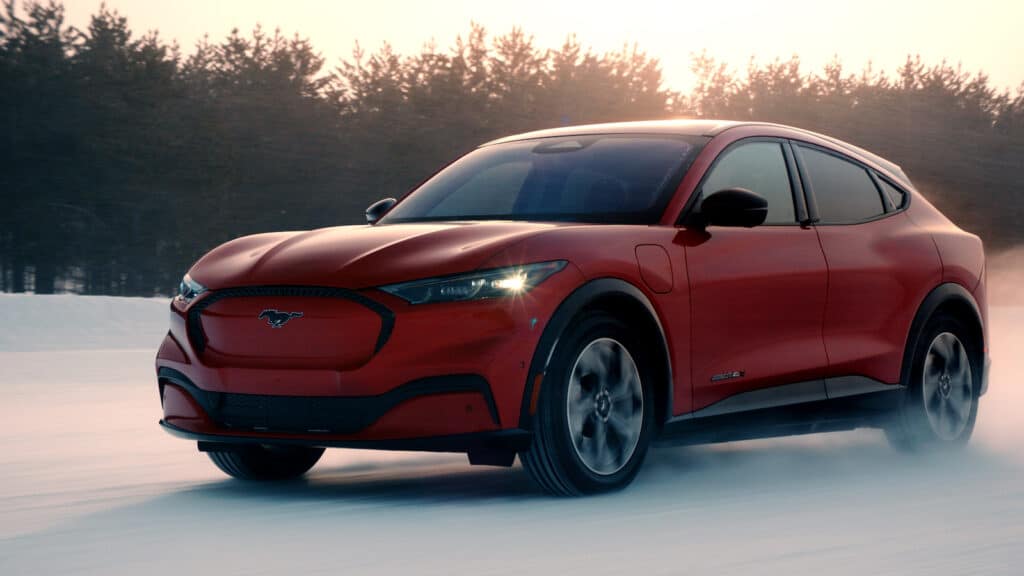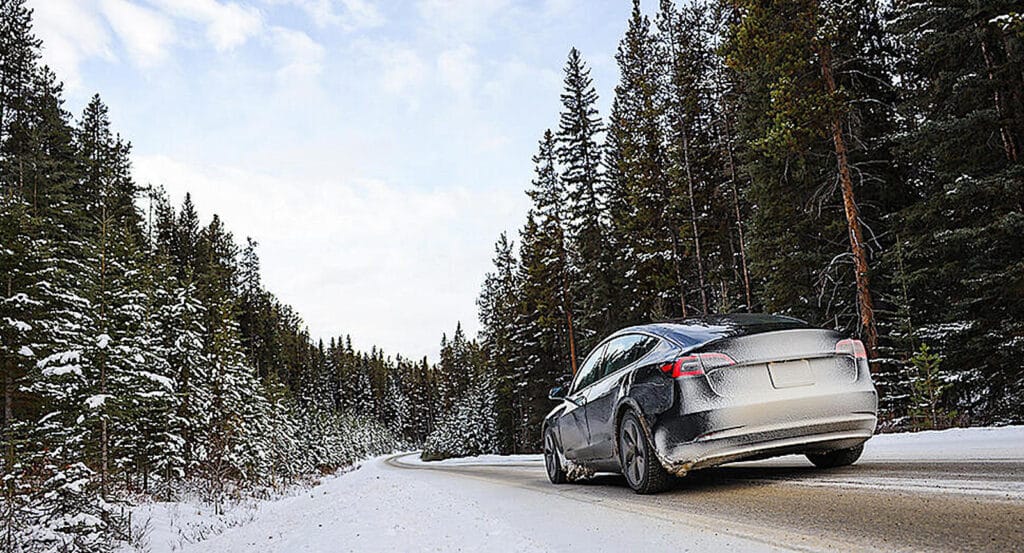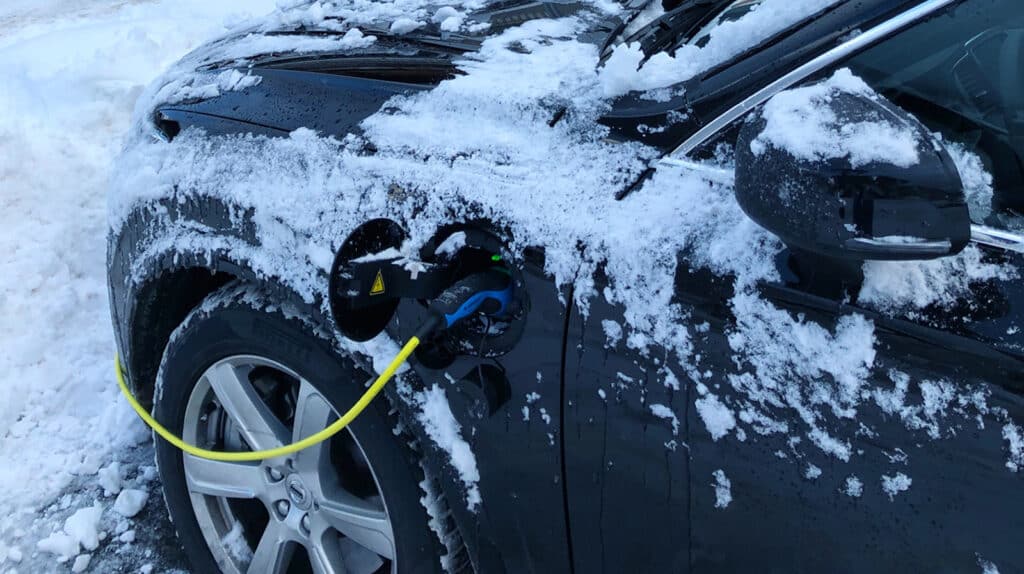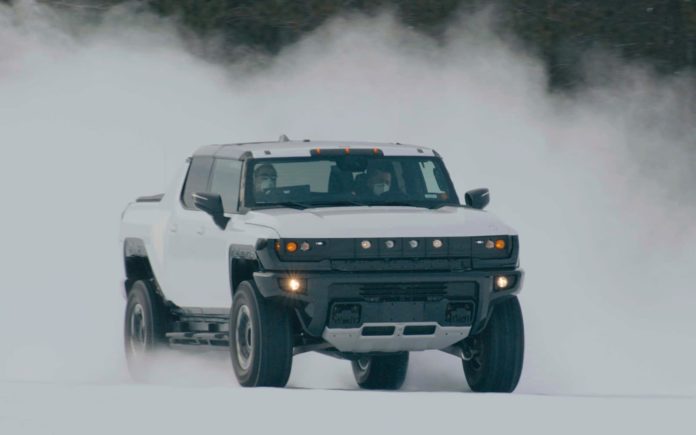Among the issues slowing adoption of electric vehicles is the loss range and power in cold weather, which, researchers suggest, can range from 10% to 40% depending on the actual temperature and individual driving style.
Makers of electric vehicles are alert to the challenge, particularly in cold, snowy places in the Mountain West, the Upper Midwest, around the Great Lakes, and in upstate New York and New England.
EV makers know they have a problem in cold weather.
General Motors, Ford and Hyundai, all of which have stepped up their delivery of new EVs across the United States, do offer tips on taking care of an electric vehicle and its battery in frigid weather. It basically comes down to warming up the vehicle before venturing out into cold weather.
Preparation is key
Tesla, the largest seller of EVs in the U.S., developed an extensive list of suggestions for operating one of its vehicles in cold weather, which in an era of climate change, has now reached the company’s new home in Austin, Texas.
The first step, according to Tesla, is to pre-heat the cabin by activating preconditioning or defrost in the Tesla app.
“Proper preparation ensures that your vehicle is at the desired charge level and cabin temperature at the time of your departure, and that peak efficiency and performance are available from the moment you start driving,” Tesla notes in its tips for cold weather driving.
“If your battery hasn’t preconditioned sufficiently, it will use some of its own energy to warm itself rather than contributing that energy toward your driving range.”

Consensus on preheating
GM, meanwhile, also suggests EV owners bundle up for cold weather.
“Before driving in cold weather, we recommend pre-conditioning or pre-warming your battery while you’re still plugged into a charger. Using energy from the grid to heat or cool your EV — rather than using energy from the battery once you’re already on the road — will help extend range and reduce charging time in cold temperatures.
“You could also consider adjusting your temperature settings to increase range. Dressing warmly, using the eco setting on your climate control system and using seat/steering wheel warmers can reduce the need for heating and help improve range. Continuously running the heat can drain your battery faster, so we’d recommend against that if extending range is the priority,” a GM spokeswoman noted in an email.
“We can’t give a definitive figure on range loss as many factors are in play not just temperature — including driving style, grade, speed etc.,” she added.
Ford also suggests using pre-heating the vehicle to increase range in cold weather, which has used over the air updates or OTA’s to increase the range of its EVs in cold weather climates.
“Pre-heating of the battery (pre-conditioning) prior to DC Fast Charge (when using on board Navigation) was added as part of the OTA,” Ford’s Emma Bergg notes in an email to TheDetroitBureau.com.

“The OTA has made the distance-to-empty more ‘real world’ for our customers to show customers what range is possible, based on connected electric vehicle data in cold weather. Ford Intelligent Range takes into account speed, grade, driving style, temperature and connected data from other Lightnings of similar configuration to provide a more accurate range estimate,” noted, adding Ford made pre-cooling was available at launch for those in hot areas,” said Bergg, who added Ford is continuing to explore ways to extend the range of its electric vehicles in cold weather.
Batteries lose range as temperatures drop
Recurrent, which collects data from EV owners for its website as part of an effort to encourage the adoption of electric vehicles, acknowledges cold weather temporarily reduces EV battery range.
While some of this is due to science — the cold slows down chemical reactions — most of it seems to be a result of climate control in EVs. AAA tested the range effects of 20 degree Fahrenheit weather on several popular EVs and found that temperature alone could reduce range by 10%-12%, while the use of in-vehicle climate control could amplify range loss to 40%, according to Recurrent, which has charted the range loss of battery-powered vehicles available now.
The U.S. Department of Energy’s Idaho National Laboratory notes cold temperatures impact the electrochemical reactions within the cell, and onboard battery management systems limit the charging rate to avoid damage to the battery.

“Battery researchers have known about the degradation of charging efficiency under cold temperatures for a long time,” said Yutaka Motoaki, an EV researcher with INL’s Advanced Vehicles research group.
Motoaki and his colleagues analyzed data from a fleet of Nissan Leafs operated as taxis over roughly 500 Direct Current Fast Charge (DCFC) events. Temperatures for the charging events ranged from 15 to 103 degrees Fahrenheit.
The DOE researchers found charging times increased significantly when the weather got cold. When an EV battery was charged at 77 degrees, a DCFC charger might charge a battery to 80% capacity in 30 minutes. But at 32 degrees, the battery’s state of charge was 36% less after the same amount of time.
And the more the temperature dropped, the longer it took to charge the battery. Under the coldest conditions, the rate of charging was roughly three times slower than at warmer temperatures.
Combatting the cold
It’s important to note that cold weather would only impact EV drivers under specific circumstances, Motoaki says. For instance, people who charge their EVs in a warm garage and use their EVs for commuting within the range of their battery might not experience much inconvenience. Decreased fuel economy in cold weather is also a well-known phenomenon with gasoline and diesel-powered vehicles.
But time spent charging in cold temperatures could make a big difference for a taxi driver, since every minute spent charging a vehicle is a minute the driver is not making money.
“There’s a lot of uncertainty about what the vehicle owner’s experience would be if they drive the vehicle in Maine or Michigan,” Motoaki said.
Anna Stefanopoulou, director of the University of Michigan’s Energy Institute, notes in an article for Wired that “batteries are like humans,” meaning they don’t operate well outside of a certain temperature range. For an EV’s battery, that range is between 40- and 115-degrees Fahrenheit. Anything above or below that will cause problems, she noted.

